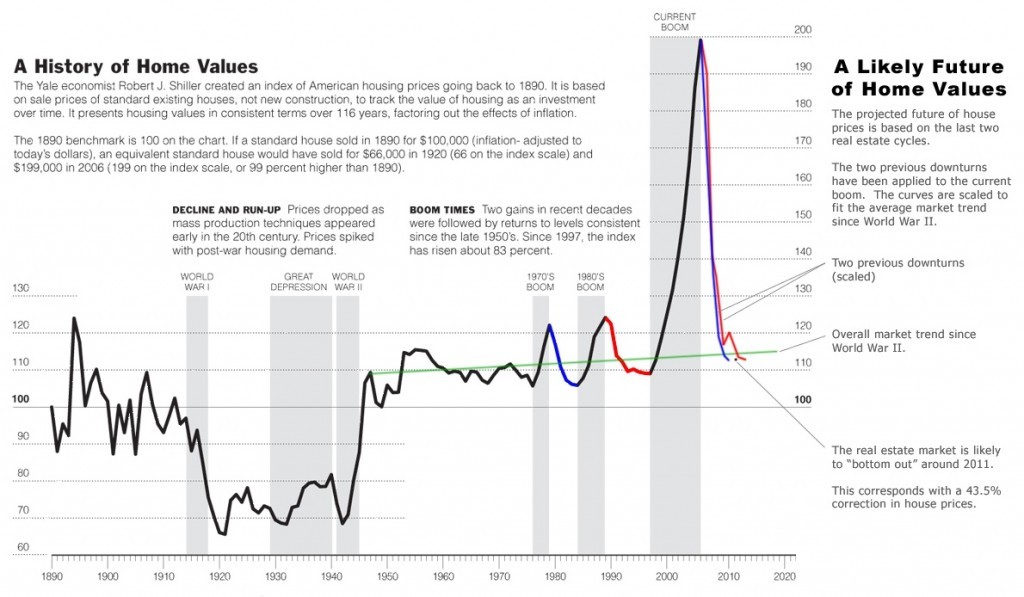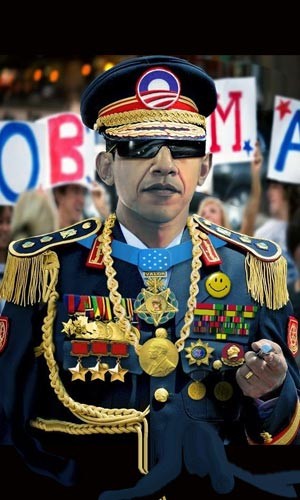The big crazy experiment the Federal Reserve should have tried in 2008
Post on: 5 Август, 2015 No Comment

Ever heard of negative interest rates? In the economic world, they’re rather like Bigfoot or the Loch Ness monster; people theorize about their existence, but you never actually see them.
Yet, lo and behold, negative interest rates are cropping up across Europe: government bonds for Switzerland, Denmark, and Germany, along with bonds for corporations like Nestlé and Shell, have been sporting minus signs. That’s sparked a discussion across the economic blogosphere about just how this could happen. We may have misunderstood the trade-offs between various forms of saving, how those trade-offs affect economic behavior, and thus whether negative interest rates can actually work.
And that suggests the Federal Reserve and other central banks around the world might just have been able to use negative interest rates to combat the financial crisis back in 2008.
Now, there’s no inherent reason banks and other financial firms can’t charge negative interest rates. Instead of banks paying you an interest rate to park your money with them, they’re charging you a rate. But the standard economic logic says no bank or financial firm would do this, because what’s the point? Inflation affects paper cash and money in savings equally, and paper cash by definition has an interest rate of zero. So if any bank went negative, all its customers would just switch to paper cash. That is the essence of the infamous zero lower bound .
The Fed’s primary dial for affecting the economy is the federal funds rate, which is the interest rate banks charge each other, usually on overnight lending to keep each others’ books balanced. The Fed can push that rate up or down with how much it charges banks to lend to them directly, or by buying securities — mainly U.S. government bonds — to affect that inter-bank lending. The federal funds rate sets the base for all the other interest rates in the economy, which respond to it.
So the Fed targets the federal funds rate it wants, and then deploys those tools to get there. That target could be negative, but given the zero lower bound, it’s just widely assumed there’s no point in trying. The negative rate would never trickle out to the rest of the economy.
That’s why, once the Fed had gotten the federal funds rate down to zero and the economy still wasn’t recovering, it got creative and tried quantitative easing — buying a much wider range of securities on financial markets to drive up long-range inflation expectations.
But Europe shows that, actually, the negative interest rates could trickle out. How did that happen?
Paul Krugman. Evan Soltas and others have been debating this, and the conclusion seems to be that, while zero may not be the floor below which interest rates can’t go, there may be a negative level that is. Basically, it’s zero minus the actual physical costs to a bank of maintaining savings accounts: the physical infrastructure, the vault, the deposit box, etc, which is about negative 1 percent.
But there’s a twist. As Nick Bunker — a policy analyst at the Washington Center for Equitable Growth — pointed out. the Federal Deposit Insurance Corporation (FDIC) only insures up to $250,000 per depositor per bank. For people who have a lot more money than $250,000, they’re not going to save in a traditional bank, Bunker said. They’re going to go to the shadow banking sector.
That means big investors and corporations and the like, using the bank-like institutions that operate outside the traditional jurisdiction of the FDIC. For them, the choice isn’t between paper cash and a checking or savings account. It’s between paper cash and a safe asset like a highly-rated debt instrument. And for assets like that, there is no physical storage cost. The price of that asset is just whatever supply and demand on the market determines it to be.
That really doesn’t have a bound, Bunker continued. It could go as high or as low as the market sets it.
So what’s going on in Europe is that the European Central Bank (ECB) and the European Union have done such a terrible job managing the crisis, and things are so bad, that demand for those safe assets is outstripping supply. Combine that with the ECB finally deciding to try quantitative easing, and you’ve got a situation where institutions are actually concluding that negative interest rates are worth it to get supply and demand back into balance.

Guesswork abounds on how large the shadow banking system is, but it’s likely enormous. Estimates put it at a massive $75 trillion worldwide, and a study by the International Monetary Fund in 2014 pegged the United States’ share of the system at $15 trillion to $20 trillion. That’s compared to the $9 trillion in U.S. bank deposits insured by the FDIC.
It’s just way, way, way bigger, Bunker said, citing research by Zoltan Pszar, the director of Credit Suisse’s global strategy and research department. A large percentage of the increase in savings over the past couple of decades has not been from individuals. It’s been from sovereign wealth funds and the treasuries of these large corporations. They’re the ones saving through the shadow banking sector.
That’s a big range of economic activity where negative interest rates could’ve possibly caught on. And research suggests that, at the peak of the 2008 collapse, the federal funds rate needed to go significantly negative to give the economy the boost necessary to escape the crisis.
So why didn’t the Fed try? Political and social fear, probably. It would’ve just been seen as a wild, out-there idea that wasn’t really a mainstream, acceptable response to the crisis, Bunker said. Think of the reaction to quantitative easing at the time. A lot of people lost their minds. It was just seen as unconventional to say the absolute least. And the perceived radicalism of quantitative easing would’ve paled in comparison to that of targeting a negative federal funds rate.
If the Fed had the guts, would it have worked?
I’m not entirely sure, Bunker confessed. But that would be a very interesting question for someone to take a full-on rigorous macroeconomic look at.














